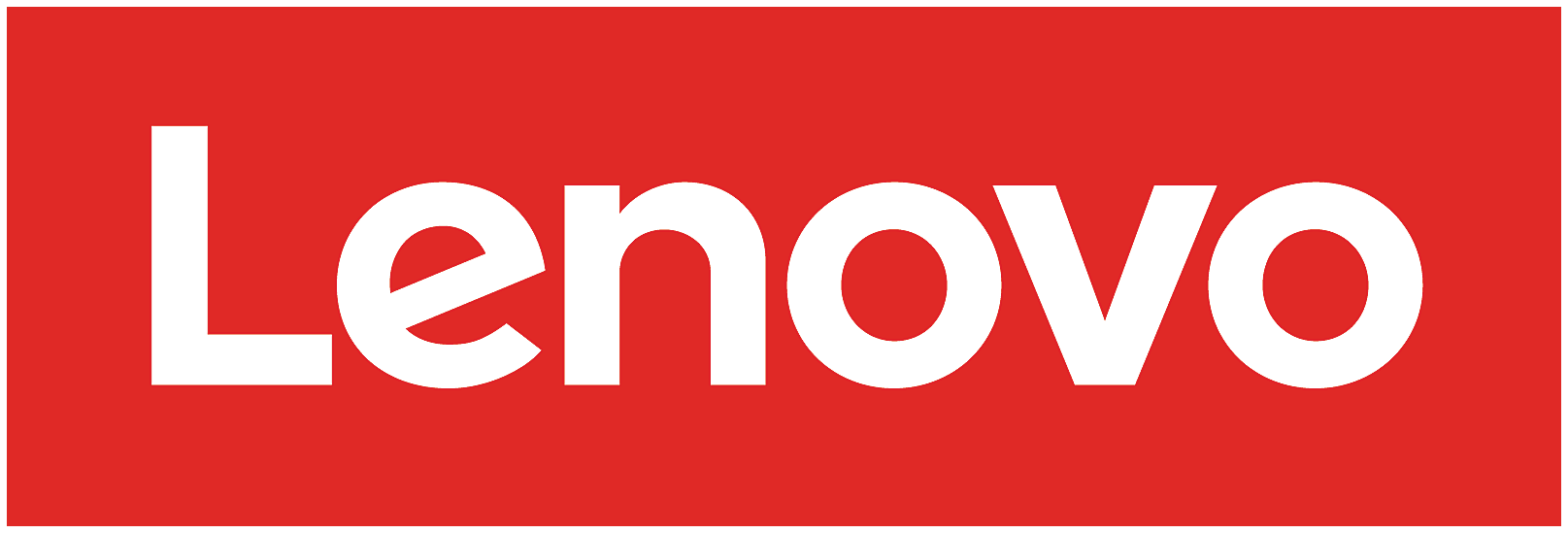October 29, 2021
Make the Most of Hybrid Meetings
To effectively unite on-premises and remote workers, organizations must implement a strategic set of technologies and best practices.
When the pandemic first hit, business leaders worried that their employees would struggle to collaborate and communicate in a virtual setting.
Those fears proved to be largely overblown. Most people quickly adapted to working from home, and many organizations saw increased productivity as the removal of workplace distractions and lengthy commutes gave employees more time to focus on their jobs and virtual meeting solutions provided the technology to collaborate virtually. Now, however, businesses face an even more challenging problem: how to bring remote and in-person employees together via effective hybrid meetings.
This is a tricky balance, but one that companies can — and must — get right. Surveys show that around half of workers are currently open to new opportunities. The organizations that will retain their top talent are the ones finding ways to keep their employees engaged, productive and satisfied, even in challenging circumstances.
Here are four tasks companies must complete to optimize their hybrid meetings.
Invest in Hardware
During the pandemic, many users connected to virtual meetings via their personal laptops. And while that largely worked when everyone was remote, hybrid meetings will require companies to level up their games with hardware investments for conference rooms and huddle spaces. For instance, many organizations can benefit from collaboration systems that provide high-quality audio and cameras capable of tracking who is speaking. These systems create a more personal feel than a static wide shot of the entire group and provide remote users with headsets or speaker phones that leverage noise-canceling technology.
Utilize Available Features
There’s more to video collaboration than video meetings. By taking full advantage of the features built into their collaboration platforms, organizations can make life easier for their employees and drastically enhance the value of hybrid sessions. For example, companies should integrate their collaboration platforms with their calendar tools and space management systems (like those that enable room reservations) and should also consider how they might add value through transcription, annotation, translation and other features.
Encourage Adoption and Provide Training
The best hardware and the widest array of features aren’t worth much if employees don’t use them. The pandemic, of course, essentially forced employees to adopt collaboration technologies; there was simply no other way for them to do their jobs. But as employees return to the office, many may be tempted to lean on familiar workflows. If you look at overall usage of new features, the adoption rate is often low. Sometimes people don’t know about a new feature, or they simply don’t know how (or why) to use it. Communication is an important piece of adoption efforts. So are power-user programs, which identify early adopters and give them the resources to champion new tools and features throughout an organization.
Training, too, is an important part of employee adoption efforts. Most collaboration systems today are simple to use at a basic level. But to get the most out of them, organizations must provide detailed, specific training about tools and features.
Implement Appropriate Policies
Finally, corporate policies have a significant role to play in optimizing hybrid meetings. Here are some questions to consider:
- Are remote employees expected to be on video for every meeting, or only ones when they’re presenting or speaking?
- Are professional dress expectations the same for people working remotely as for people working in the office?
- If information is being presented in the office (via handouts, whiteboard or on a projector screen), how will this information be transmitted to remote participants?
This isn’t about policing or micromanaging employees. (In fact, organizations that require a suit and tie for every remote meeting may soon find themselves facing a talent shortage.) But by setting clear expectations, leadership teams can help pave the way for effective hybrid meetings.
Story by Craig Radloff, an enterprise collaboration consultant at CDW with over 25 years of industry experience in networking and collaboration.

